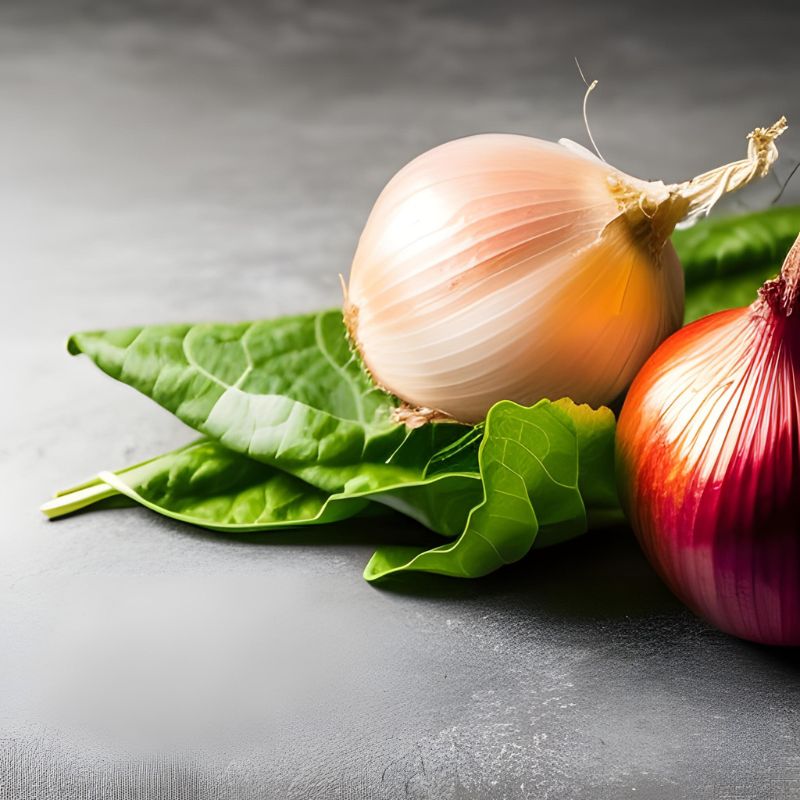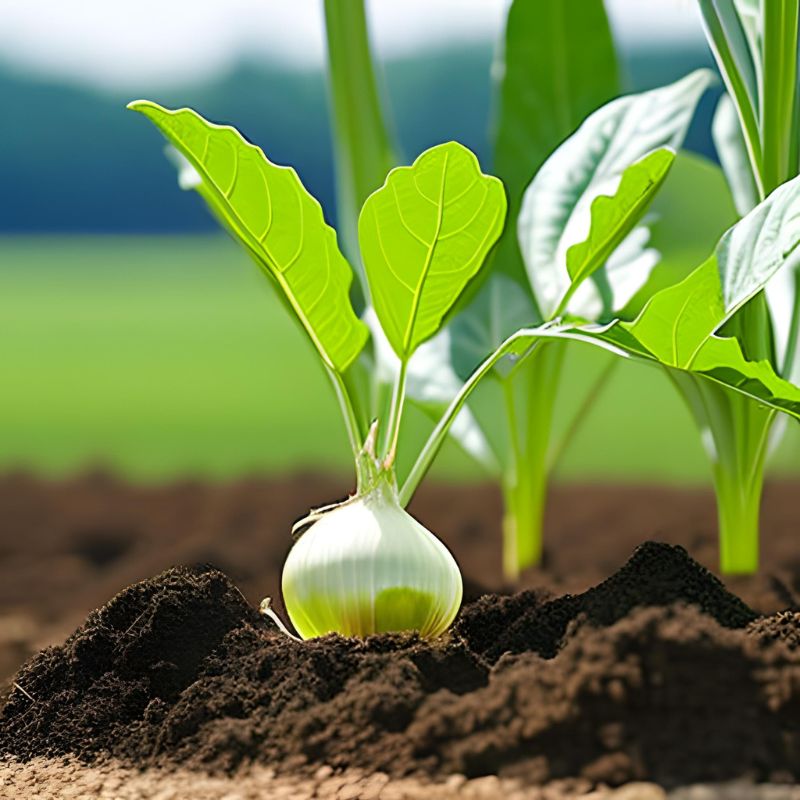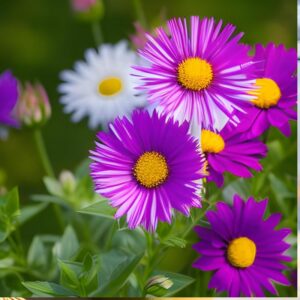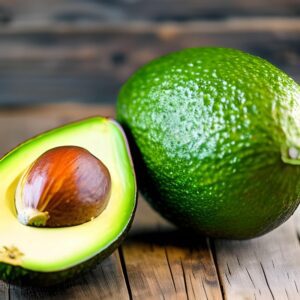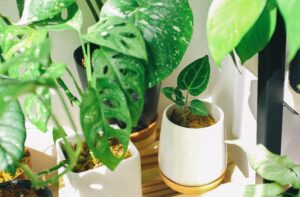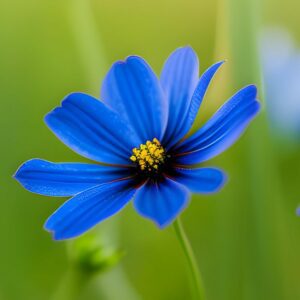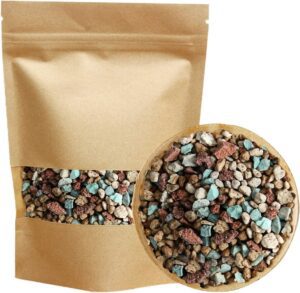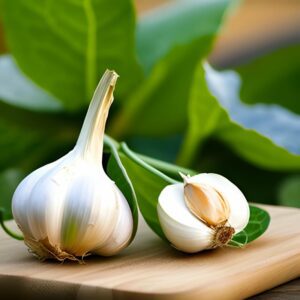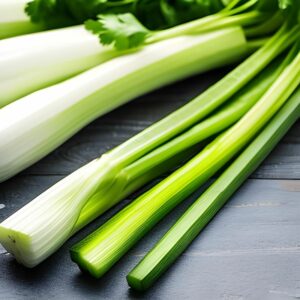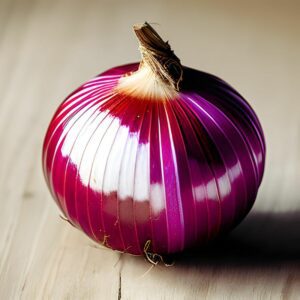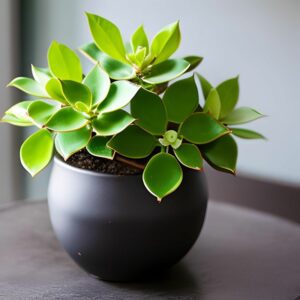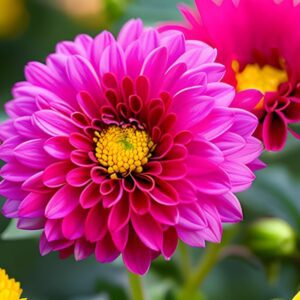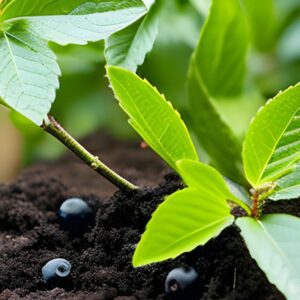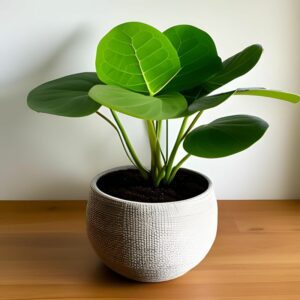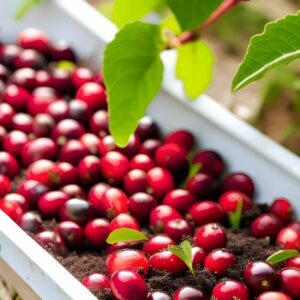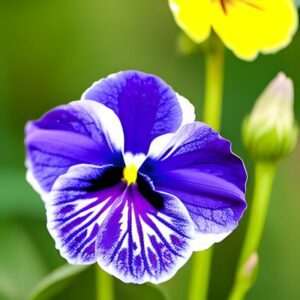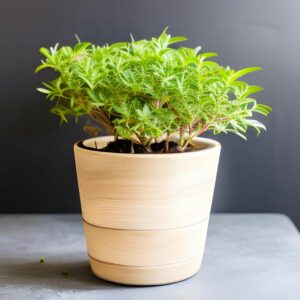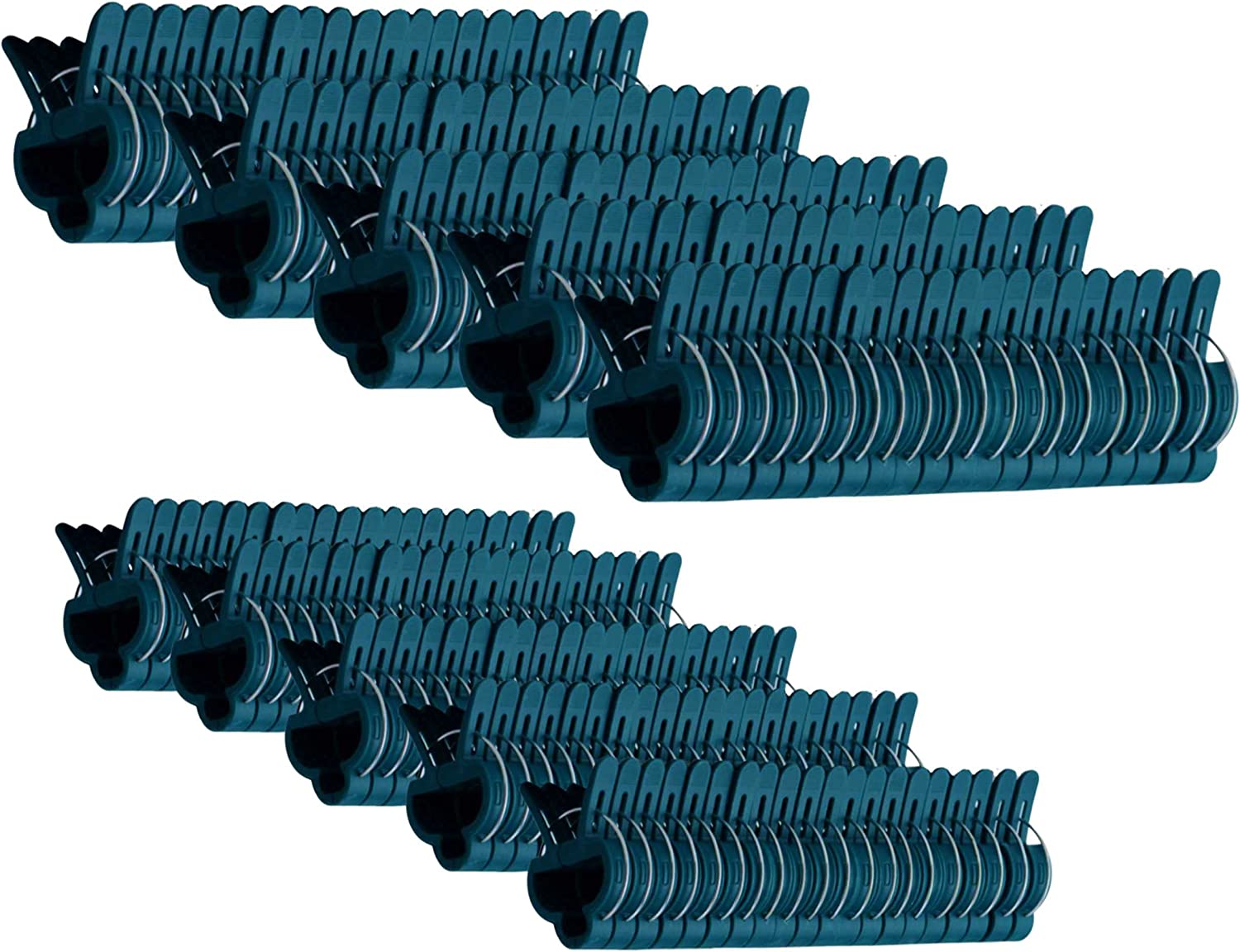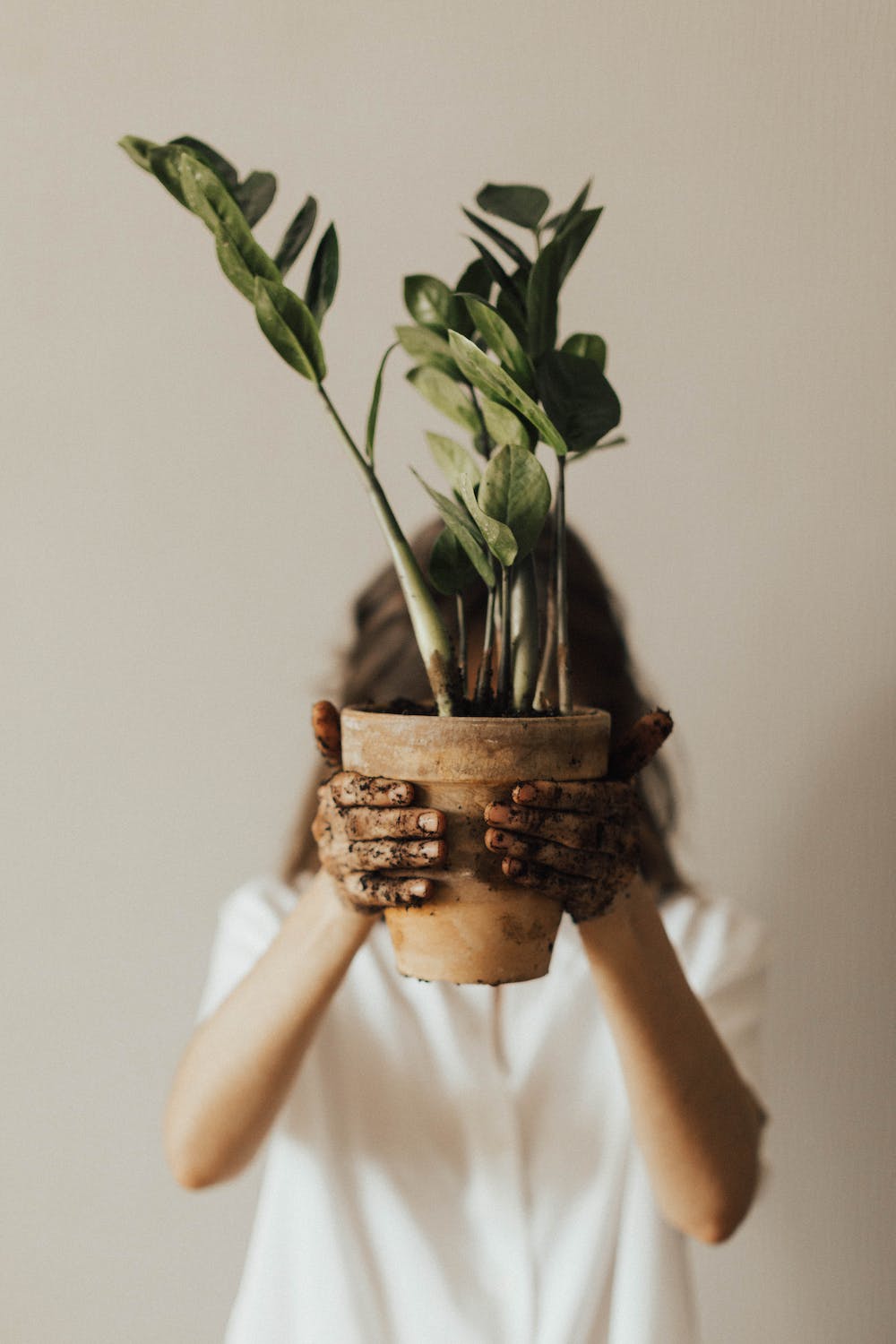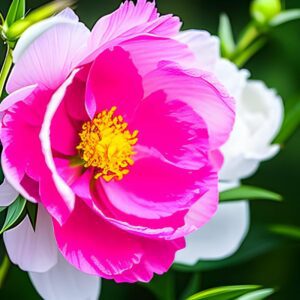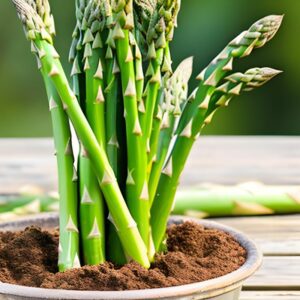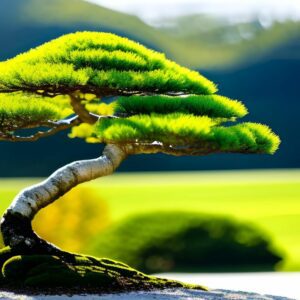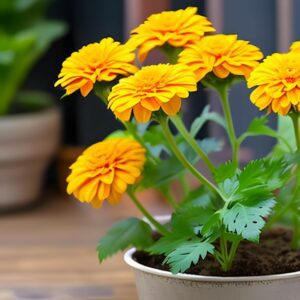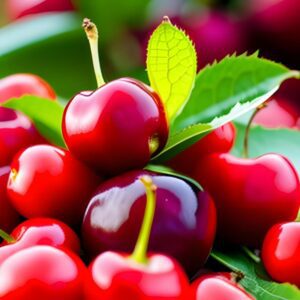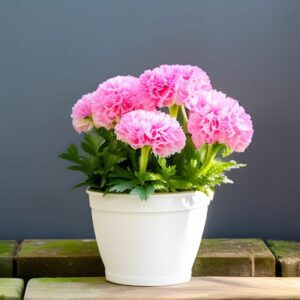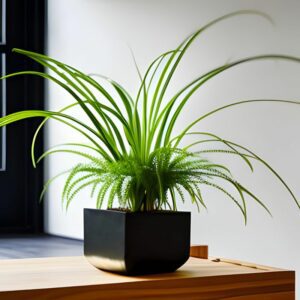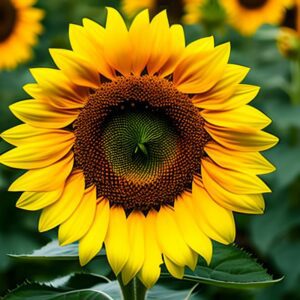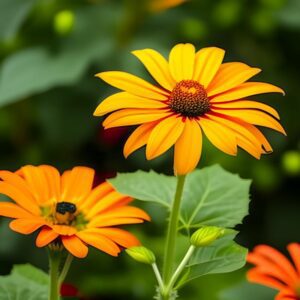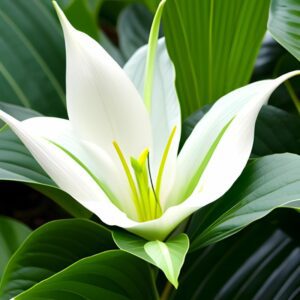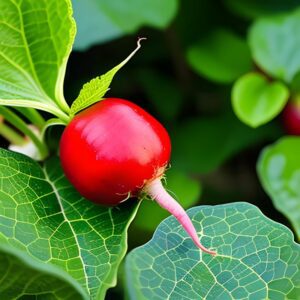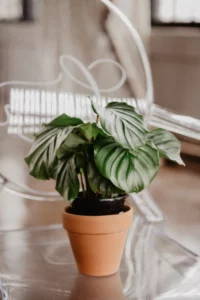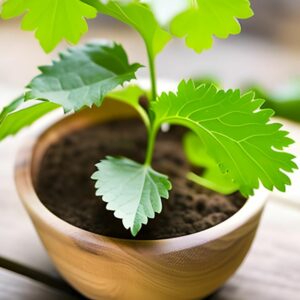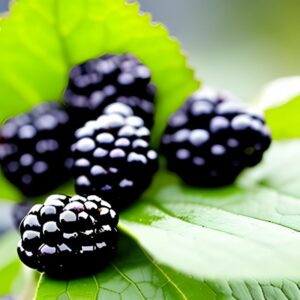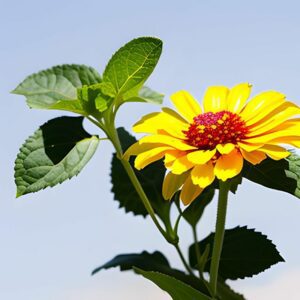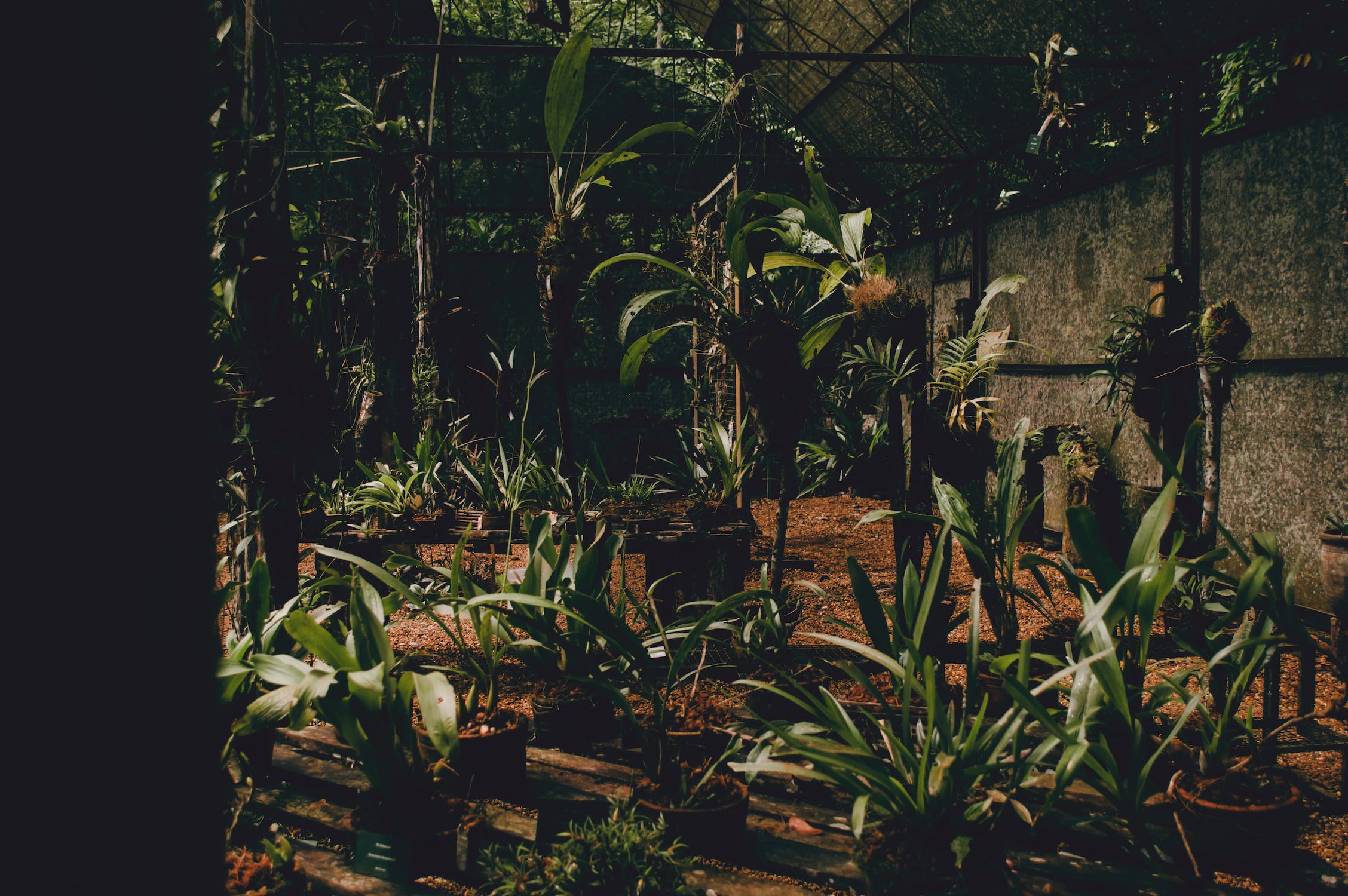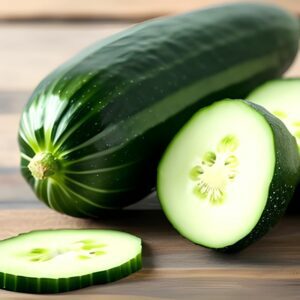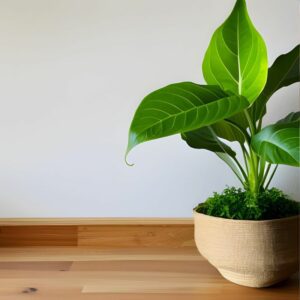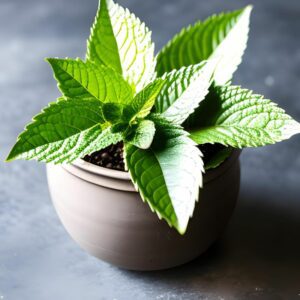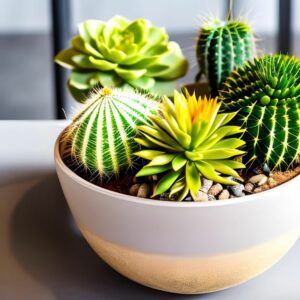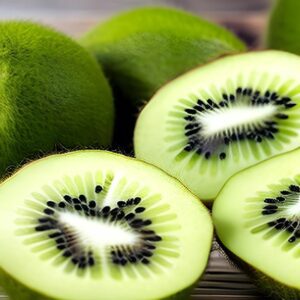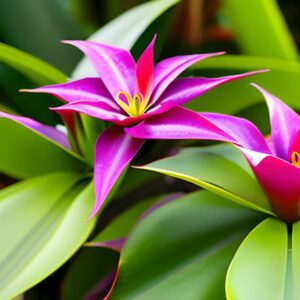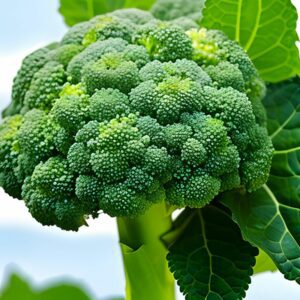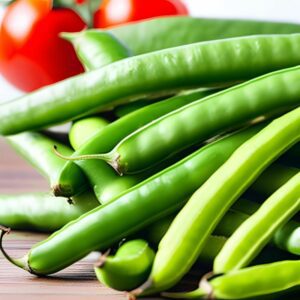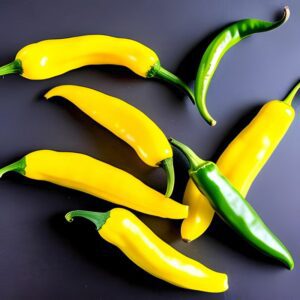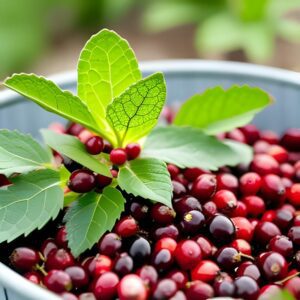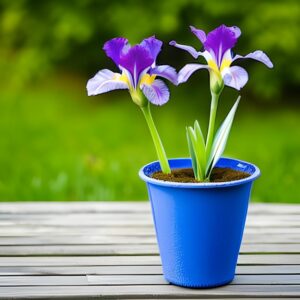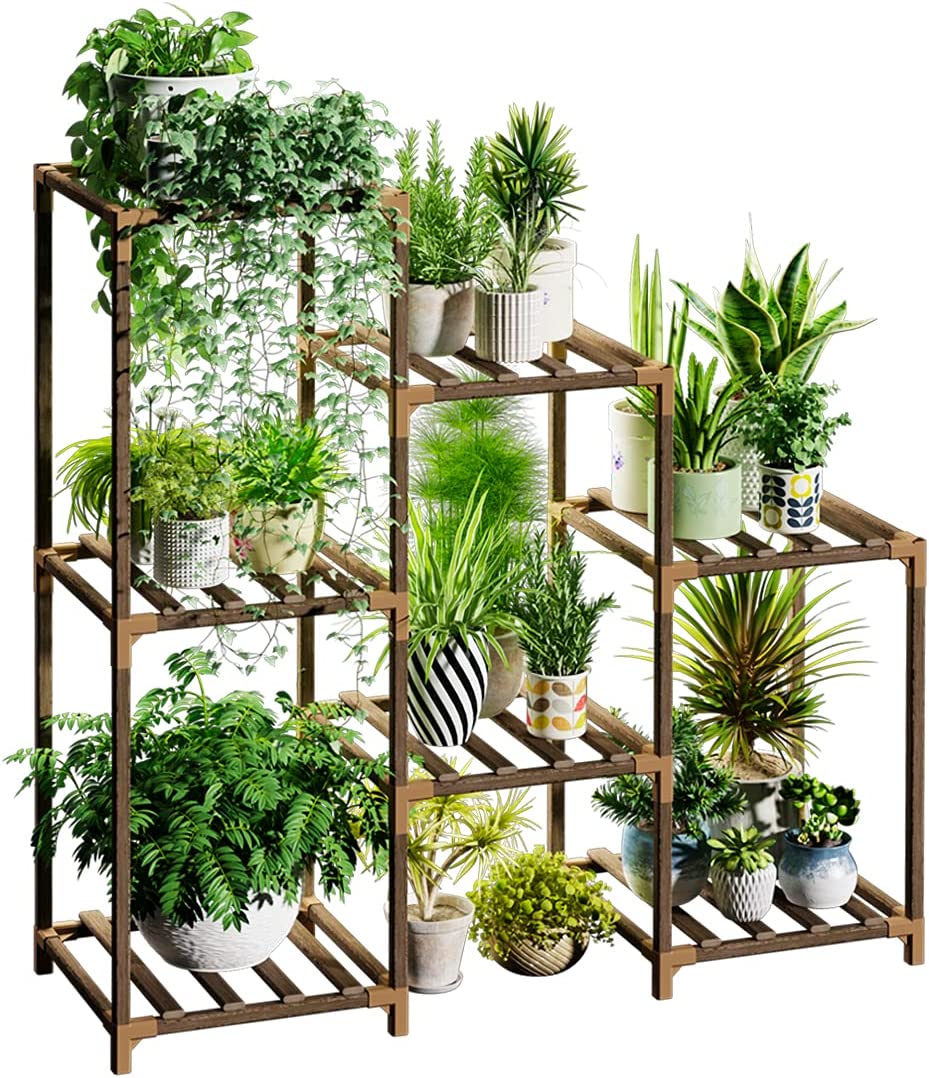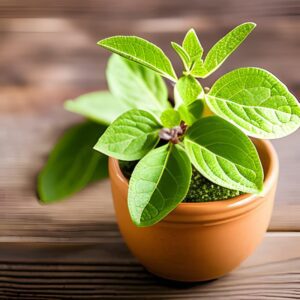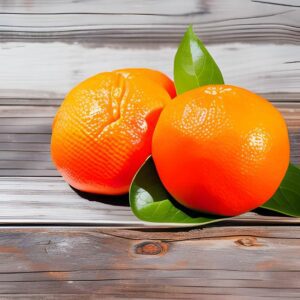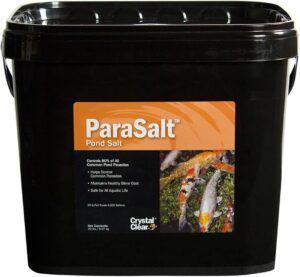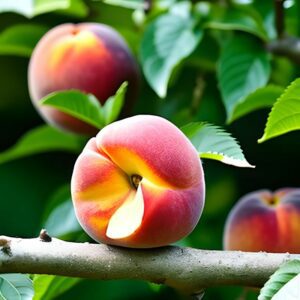Onion
Vegetables
- Asia
- Easy
- 80-100 Days
Introduction
Onions are versatile vegetables known for their distinct flavor and culinary uses. They can be eaten raw, cooked, or used as a flavoring ingredient in various dishes. Onions are bulbous plants that belong to the Allium family, which also includes garlic and shallots.
Plant Characteristics
Onions have long, tubular green leaves that emerge from a bulbous base. The size of the bulb varies depending on the variety, ranging from small pearl onions to large, globe-shaped bulbs. Onions can have different colors, including yellow, white, and red varieties.
Ideal Growing Conditions
Onions prefer full sun exposure, requiring at least 6 to 8 hours of direct sunlight daily. They thrive in well-draining soil with a pH level between 6.0 and 7.5. Onions can tolerate cooler temperatures and are typically grown as cool-season crops.
Planting Guide
Plant onions in early spring or late summer/early fall, depending on your climate. Prepare the soil by removing any weeds and loosening it to a depth of 6 to 8 inches. Plant onion sets (small bulbs) or onion transplants about 1 inch deep and 4 to 6 inches apart, with the pointed end facing upward. Space rows approximately 12 to 18 inches apart to allow proper airflow.
Watering and Fertilizing
Onions require consistent moisture but should not be overwatered. Water them deeply once a week, providing around 1 inch of water. Avoid excessive watering, as it can lead to rot. Fertilize the plants with a balanced fertilizer at planting time and side-dress with nitrogen-rich fertilizer as the bulbs develop.
Pruning and Maintenance
Onions generally do not require pruning. However, removing any competing weeds and thinning overcrowded seedlings can promote better bulb development. Keep the area around the plants weed-free and provide adequate airflow to minimize disease risks.
Harvesting or Flowering
Onions are ready for harvest when the tops start to turn yellow and fall over. Gently lift the bulbs from the soil using a garden fork or trowel. Allow the harvested onions to cure in a dry, well-ventilated area for a few weeks until the outer skins dry and become papery.
Post-Harvest Care
After curing, remove the dry outer skins and trim the tops down to about an inch. Store onions in a cool, dry place with good air circulation. Properly stored onions can last for several months.
Troubleshooting
Common issues with onions include pests like onion thrips and diseases like downy mildew or onion rot. Practice crop rotation, maintain proper spacing, and promptly remove any affected plants to minimize the risks. Avoid overwatering and provide adequate airflow to prevent fungal diseases.
Fun Facts
Onions have been cultivated for over 5,000 years and are one of the oldest cultivated vegetables. They contain beneficial compounds and antioxidants that contribute to their health benefits. Onions are also known for their pungent odor, which is released when the cells are damaged.


